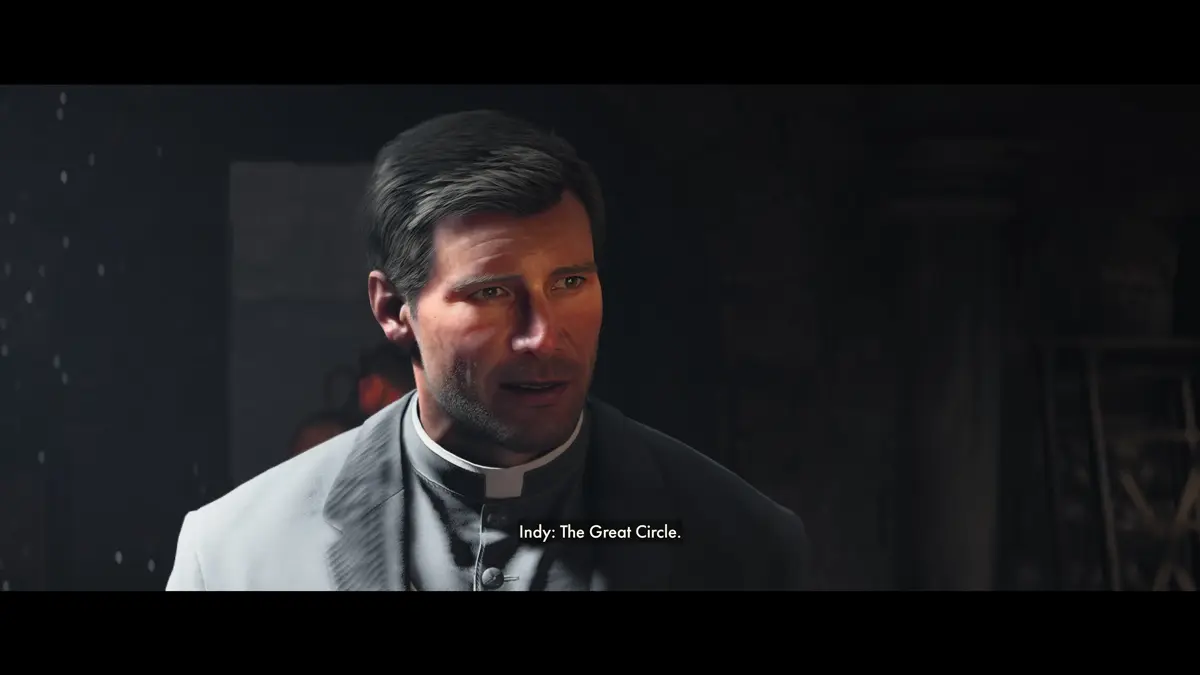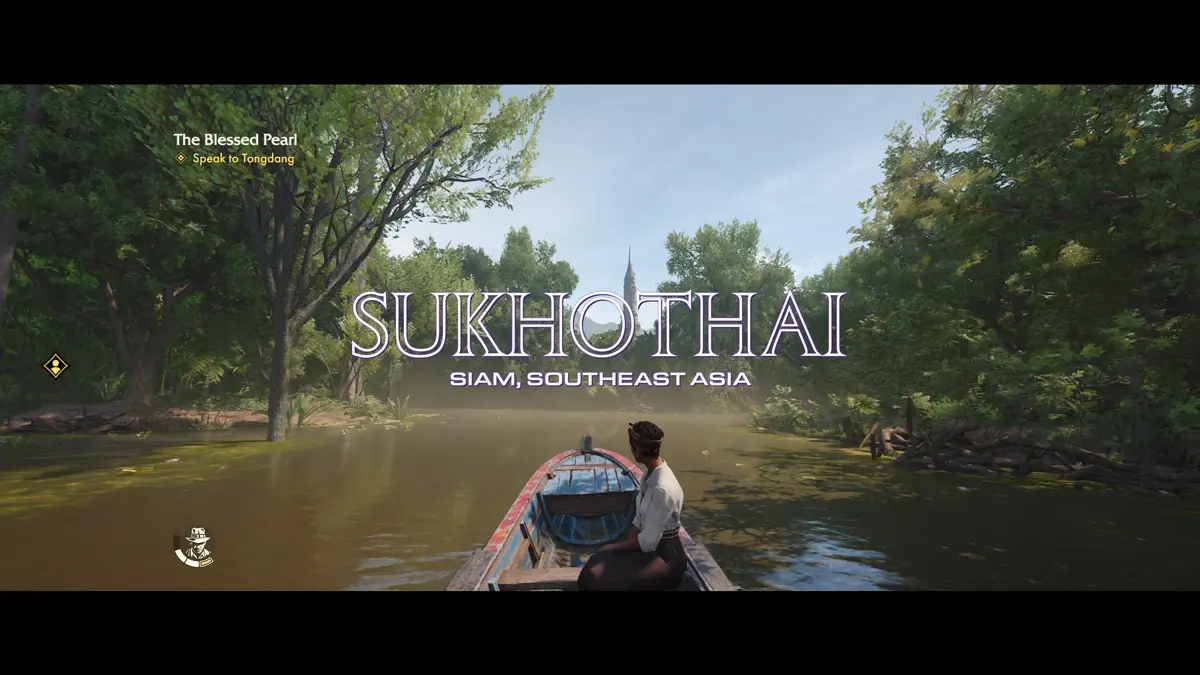Image: Bethesda Softworks
Is the latest Indiana Jones adventure leading us into a glorious new era of licensed games?
Indiana Jones and the Great Circle is an ambitious addition to an already beloved – if inconsistent – movie franchise, putting players in the whip-cracking boots of its titular archeologist. And not for the first time, either; Indiana Jones has been the star of a whopping 22 video games based on his films, 12 of which feature entirely original stories.
Some of our beloved readers might remember growing up with a few of these games, like Indiana Jones and the Infernal Machine from 1999, or Lego Indiana Jones from 2008. Sadly, the archeologist’s ever-expanding digital adventures faltered with the fall of LucasArts in 2013.
2024 however, has brought us a 23rd entry to this hallowed list of adventure games. The Great Circle represents Indy’s return to his roots as it were, seeing as the character has thrived in interactive media with or without Harrison Ford. In fact, from books to TV shows, this professor of archeology hasn’t been limited to the big screen for quite some time. The franchise as a whole has become a classic example of transmedia storytelling, with Indiana as a character bobbing and weaving his way through multiple mediums and experiences on his way to digging up some new kind of treasure.
There once was a time where this was true of most characters at the forefront of popular culture. From James Bond to Harry Potter, licensed video games have always offered players a familiar way to interact with beloved characters. That is, until movie companies stopped trying so hard to make tie-in games happen.
Licensed games used to look like this

Image: Titus Interactive
Licensed games were all too common when the games industry began to bloom. Take Superman 64 for example – widely considered to be one of the worst video games ever made – but only remembered due to the fact that it was a Superman game. Small budgets, short timelines, and a general refusal to take the game industry seriously at its infancy led to licensed games being churned out with little regard for their actual quality. One would pick up a Superman game expecting to feel like Superman, and wind up floating through a series of rings ad infinitum.
For a much more epic example of the poor reception of tie-in games at the time, see Atari’s licensed video game E.T. the Extra-Terrestrial, based on the Steven Spielberg movie of the same name. Despite the movie's warm reception, its video game spin-off proved to be an absolutely massive flop upon release in 1982. The game was such a commercial failure in fact, that Atari infamously took to burying piles of unsold E.T. game cartridges in a landfill just to get rid of them. The commercial and critical failure of E.T. was then followed by a massive video game crash in 1983, which was attributed to heavy market saturation of video games, most of which, like E.T., weren’t very good.

Image: Atari
Obviously, the games industry bounced back. Video games became more ambitious as budgets ballooned and technology advanced. Licensed games used to look like E.T., but suddenly became more enticing, like 1997’s acclaimed Goldeneye 007 or 1994's Star Wars: TIE Fighter. Skip through another decade or two however, and players have stopped getting movie tie-ins like they used to. Gone are the days of games like Harry Potter and the Goblet of Fire (2005). We live in the era of Hogwarts Legacy – original stories featuring beloved characters and settings drawn from big-name IP. Licensed games, yes, but not the kind older gamers grew up playing.
Why Indiana Jones and the Great Circle works so well

Image: Bethesda Softworks
Indiana Jones and the Great Circle isn’t a movie adaptation, though it could very well have been in a different time. The game didn't arrive too long after 2023’s Indiana Jones and the Dial of Destiny, which seemingly retired the character from big screen appearances for good. However, a movie tie-in would’ve been a risky effort, considering how long video games take to make, and the ultimately lukewarm reception of the Dial of Destiny.
Bethesda Softworks opted to go a different route with the Great Circle, bringing together Wolfenstein developer MachineGames and Starfield game director Todd Howard to craft an all-new adventure set one year after Raiders of the Lost Ark. This allows the game to explain Indy and Marion’s sudden separation following the events of the first movie, and explore the archeologist’s adventures in his supernaturally sceptical – but not wholly naive – prime. Where movie tie-ins once served as alternative forms of media, the Great Circle takes the modern approach: telling an all-new story that builds upon the legend of an existing and beloved character.

Image: Bethesda Softworks
This only works so well for the Great Circle due to MachineGames’ utter faithfulness to the Indiana Jones property. The fun factor of Wolfenstein’s fast-paced shooter gameplay doesn’t quite carry over to this game (due to how gun-shy Indy has to be in large enemy encampments), but its immersive cutscenes, highly-detailed environments, and twisty storytelling do. You’re still fighting Nazis, but in typical Indiana Jones style, you’re mostly doing it on the side. The main focus here is on solving puzzles, exploring the environment and uncovering secret treasures.
There is no Indiana Jones without Harrison Ford, but lead actor Troy Baker makes a solid case for himself here by disappearing into the role. Baker might have once been ubiquitous in the industry to the point of wearing his own name out, but it’s hard to avoid falling for his performance of the dry-witted archeologist despite it being, ultimately, just another really solid Harrison Ford impression.
Future licensed games
The future of Indiana Jones is bright – even if its lead star, Harrison Ford, has publicly retired from playing the role. Following the success of Indiana Jones and the Great Circle, Disney has reportedly even “picked up the phone” to look into making more Indiana Jones games. What was once a film franchise might now become a video game franchise, shifting mediums entirely in an effort to remain relevant to modern audiences.
That success can, in theory, be replicated across all movie and TV franchises. There’s certainly an effort being made on that front; the developers of Hogwarts Legacy are already hard at work on a sequel. The makers of Hitman are working on a new James Bond video game. A sequel to Alien Isolation is in development, as is a smaller-scale Lord of the Rings game adaptation called Tales of the Shire.
We haven’t dug into the countless anime that thrive in the gaming medium, or the fact that some IP holders – like DC Studios – intend to keep its acting talent and stories across film, TV and gaming mediums consistent. On the other side of that coin, Marvel Entertainment seems to thrive on keeping its universes as separate as possible. Just recently, we have Marvel Rivals entering its first season ahead of upcoming games like Marvel 1943: Rise of Hydra, Marvel’s Wolverine, Marvel’s Iron Man, Black Panther and Marvel’s Blade – all of which are set in different and wholly unique universes.
Licensed games have changed greatly in the last few decades, but their future remains bright.

